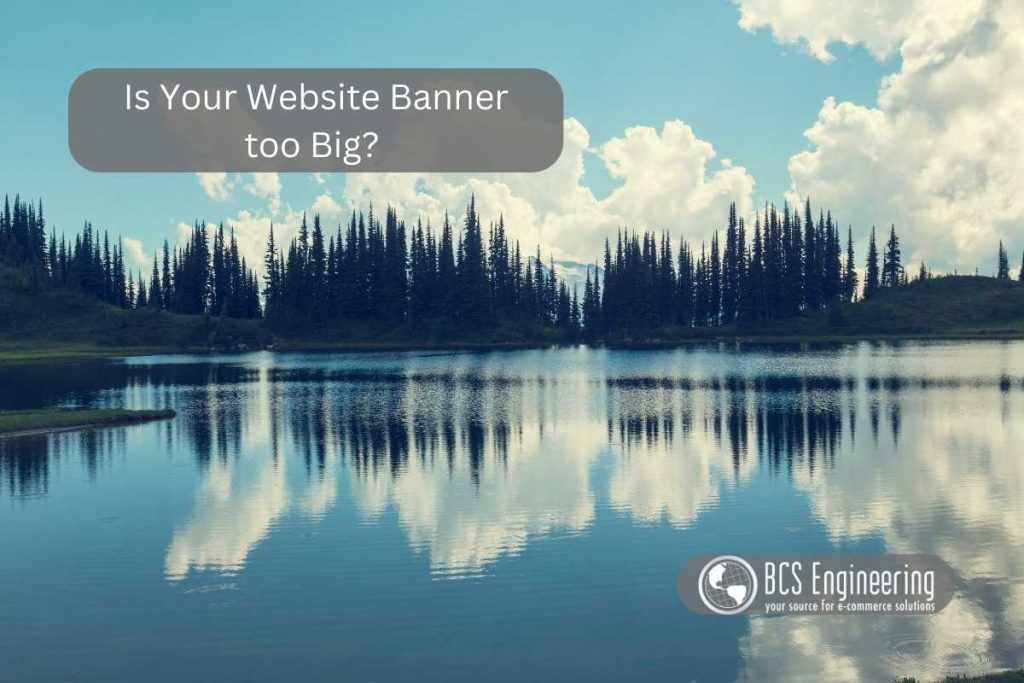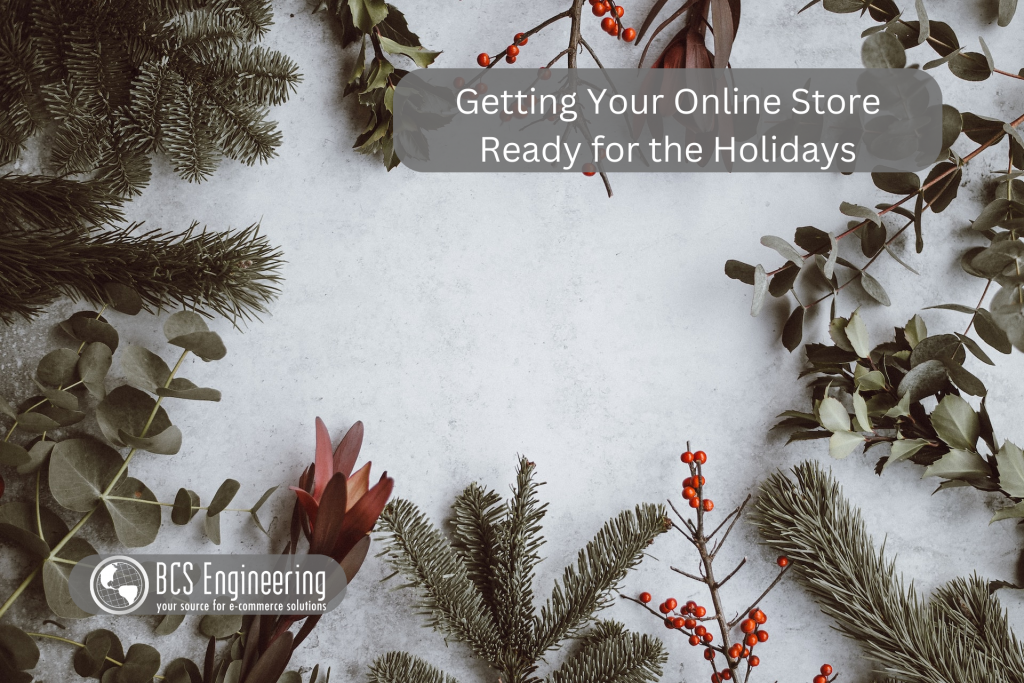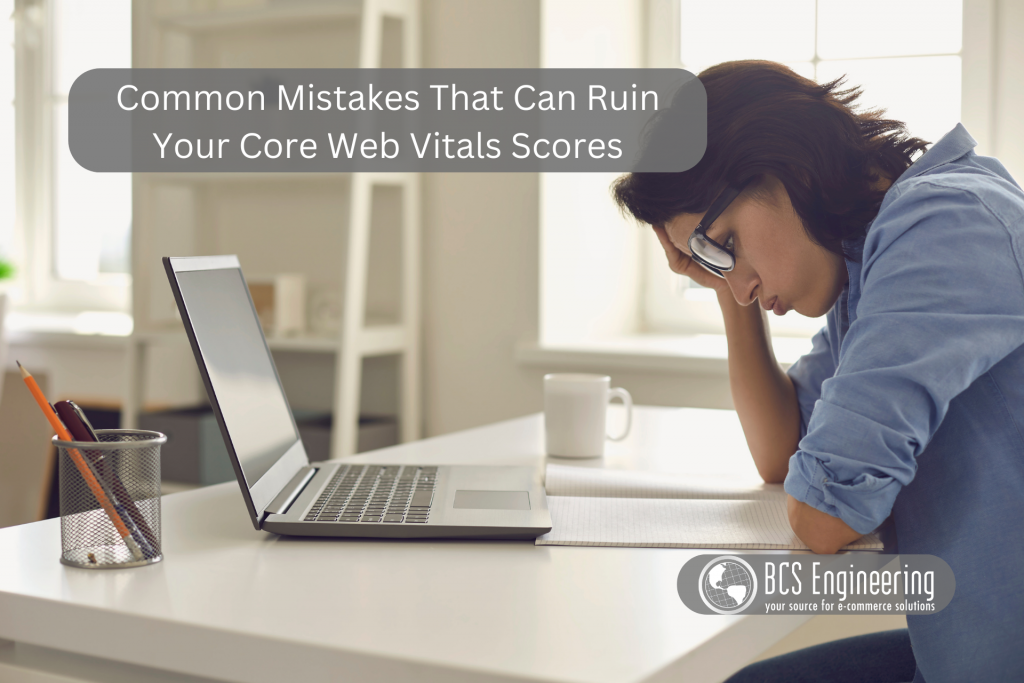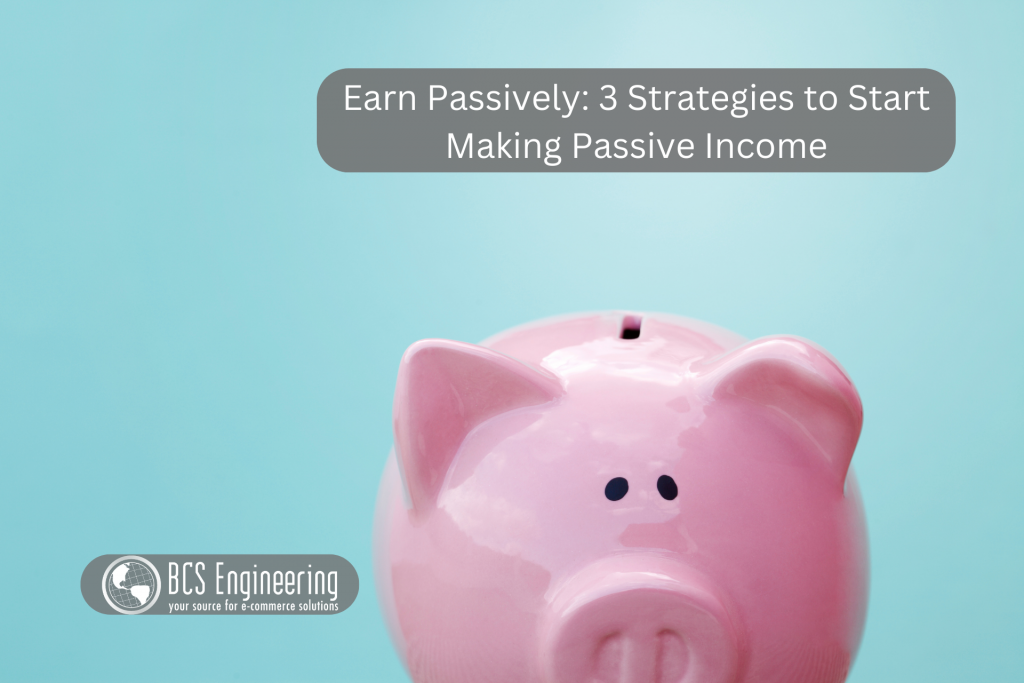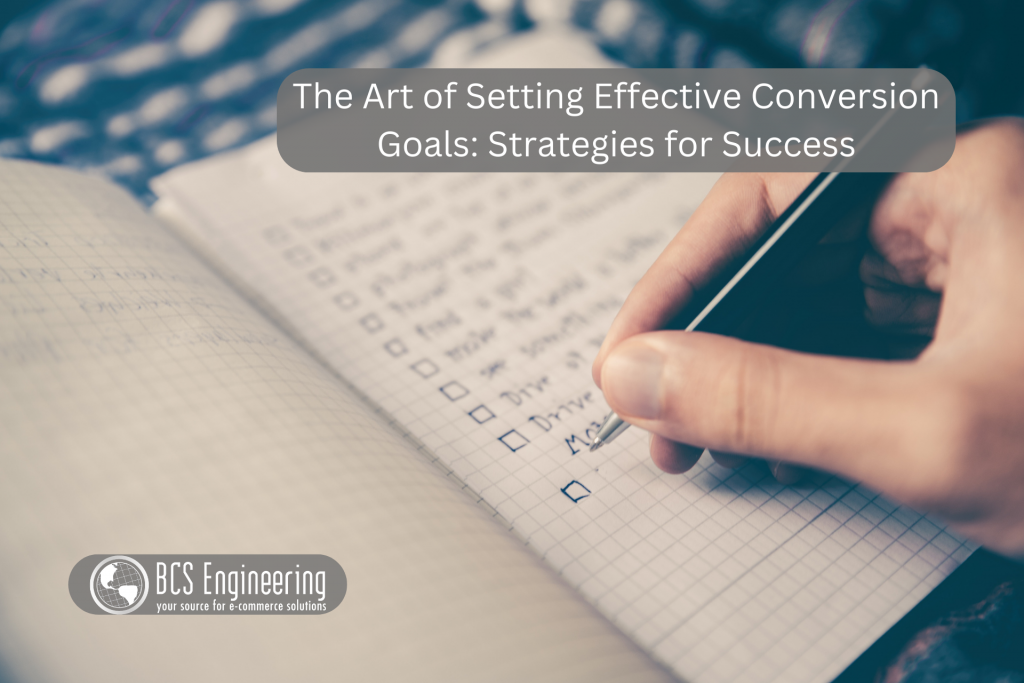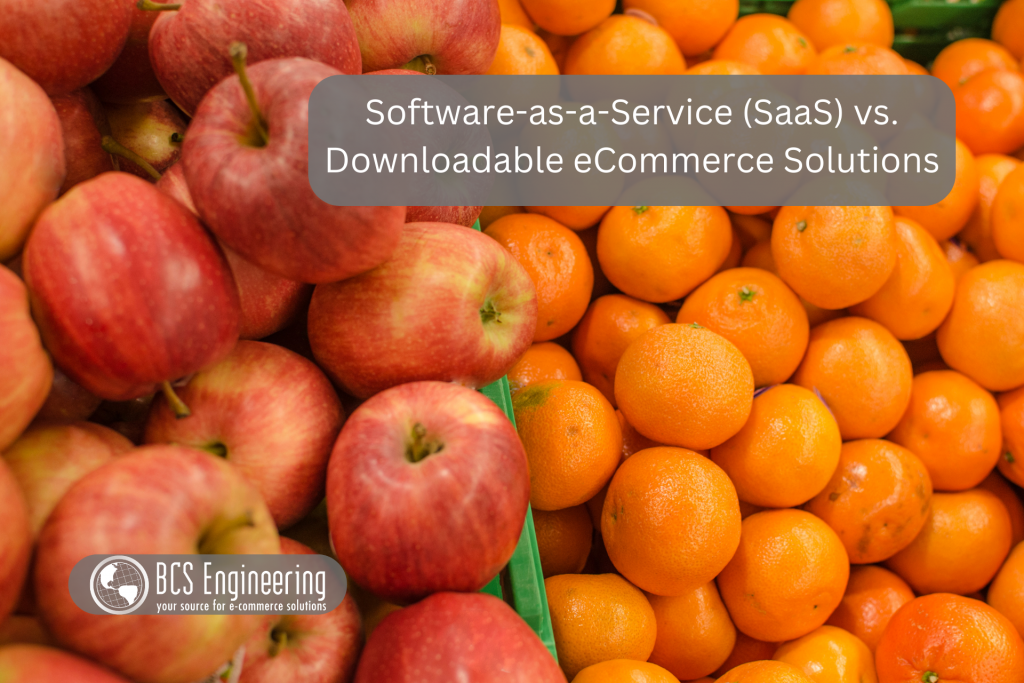Search Engine Optimization (SEO) is a must for online businesses and content creators. However, do you ever feel like your search engine ranking just won’t budge? As search engines become more advanced and the tools available to us evolve, its important to make sure that your SEO strategy is still effective.
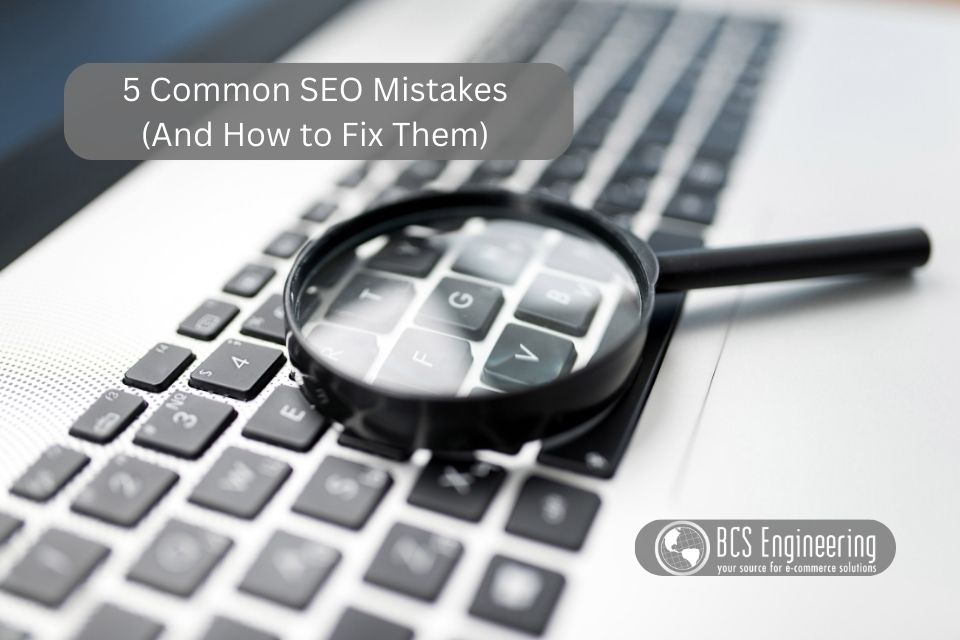
In order to stay visible in search engines, your site needs to be optimized for searchability. However, there are common mistakes we can make when creating our SEO strategies:
1. Keyword Stuffing your Content
One easy mistake you can make when trying to optimize your content for SEO is to use too many keywords in your content. In the past, the more keywords you had on your website meant better SEO results, and thus better positions in search queries. Keywords are still important today, but search engines have grown smart enough to tell when you are stuffing your content with keywords for the sake of SEO. Today, if Google finds that you are keyword stuffing your content, your SEO score will be negatively impacted, bringing down your search positions.
How to fix: Use keywords strategically & keep readability in mind
Search engines are now smart enough to judge whether or not your content is easily readable for your users. This means that, if your content is stuffed with keywords, search engines will deem you’re your content hard to read and “spammy,” bringing down your SEO score. When it comes to using keywords on your site, you want to make sure to incorporate keywords where they make sense rather than stuffing them everywhere you can. Your keywords should be logically placed on your site without impacting your content’s readability and value.
2. Not using Meta Descriptions
Meta Descriptions are short snippets of text that tell search engines a summary of what your web page’s content is about. These snippets help search engines understand your content as well as give them a short description to show to users in search queries. Despite being very important, meta descriptions sometimes are not as optimized as they should be or are outright missing. Neglecting meta descriptions can not only negatively impact your SEO score, but are a lost opportunity to share what your online content is about with potential customer’s during search.
How to fix: Go through your pages and make sure they have meta descriptions
For all of your pages, make sure that the meta description field or tags have quality descriptions in them. These descriptions should describe the content of the page succinctly and are also a great place to use some keywords and call-to-actions. Remember that users may see your meta description when searching for your content, so make sure your meta descriptions speak to the needs of your customers.
3. Images don’t have Alternative Text
Oftentimes, it can be easy to forget to add alternative text to your site’s image assets. Alternative text is brief, text descriptions of what your image, video, banner, etc, depicts. From blog banners to homepage featured images, alternative text is very important not only for your SEO score, but for customers with visual disabilities. Without alternative text, search engines will put your site lower in search queries and a pool of people your content could help may be unable to experience your content to its fullest.
How to fix: Add alternative text to all of your images
Alternative text can be added to your images through editing your images in graphical interfaces such as WordPress or through adding the “alt” attribute to your image’s HTML string. One thing to note about alternative text is that its important to be descriptive and concise: What is the image depicting? Is there text in the image? What does it say? Why is it important? Answer these questions as needed in your image’s alternative text.
4. Your Site has Broken Links
As your site grows, so does the number of pages your content is linked to. However, links can become broken if not kept up to date. Link URLs can change, or the page the link led to can be removed, leading to users arriving at dead ends when clicking on them. Search engines take broken links into consideration when ranking your site. Not only do broken links reflect badly on your site to search engines, but it also means that there is potentially valuable content search engines are able to read and serve to customers.
How to fix: Keep an update sitemap of links and monitor for broken links
It can be hard to catch every broken link on your site, but as your do, make sure to update them and note that change on your site’s sitemap. A sitemap is an organized list of all the pages and content your site contains. This includes the links to those pages and content. Make sure to review your sitemap sometimes and consult it during major changes, such as URL updates, page migration, and so forth.
5. Lack of SEO Monitoring
Many SEO efforts can be in vain if there isn’t a way to monitor your SEO changes to your site. What keywords are working? What pages are getting the least visits? What search queries is my content showing up in? How high is my position in search lists? These questions can’t be easily answered without using a monitoring tool of some sort to analyze and report on your SEO strategy’s effectiveness.
How to fix: Analyze your SEO strategy routinely with monitoring tools
Having a way to monitor and collect data on your SEO efforts is key to improving your website’s visibility in searches. Some hosting platforms come with built-in solutions or plugins for SEO monitoring. Google Analytics 4 and Google Search Console also come with ways of monitoring your SEO progress, collecting data and creating visual reports. Whichever tool you choose to use, check it routinely so you can stay on top of your SEO strategy.
Want to learn more?
Want to learn more about SEO and how to improve it? Listen to our latest eCommerce Made Easy podcast where we dive into even more SEO mistakes to watch out for!

